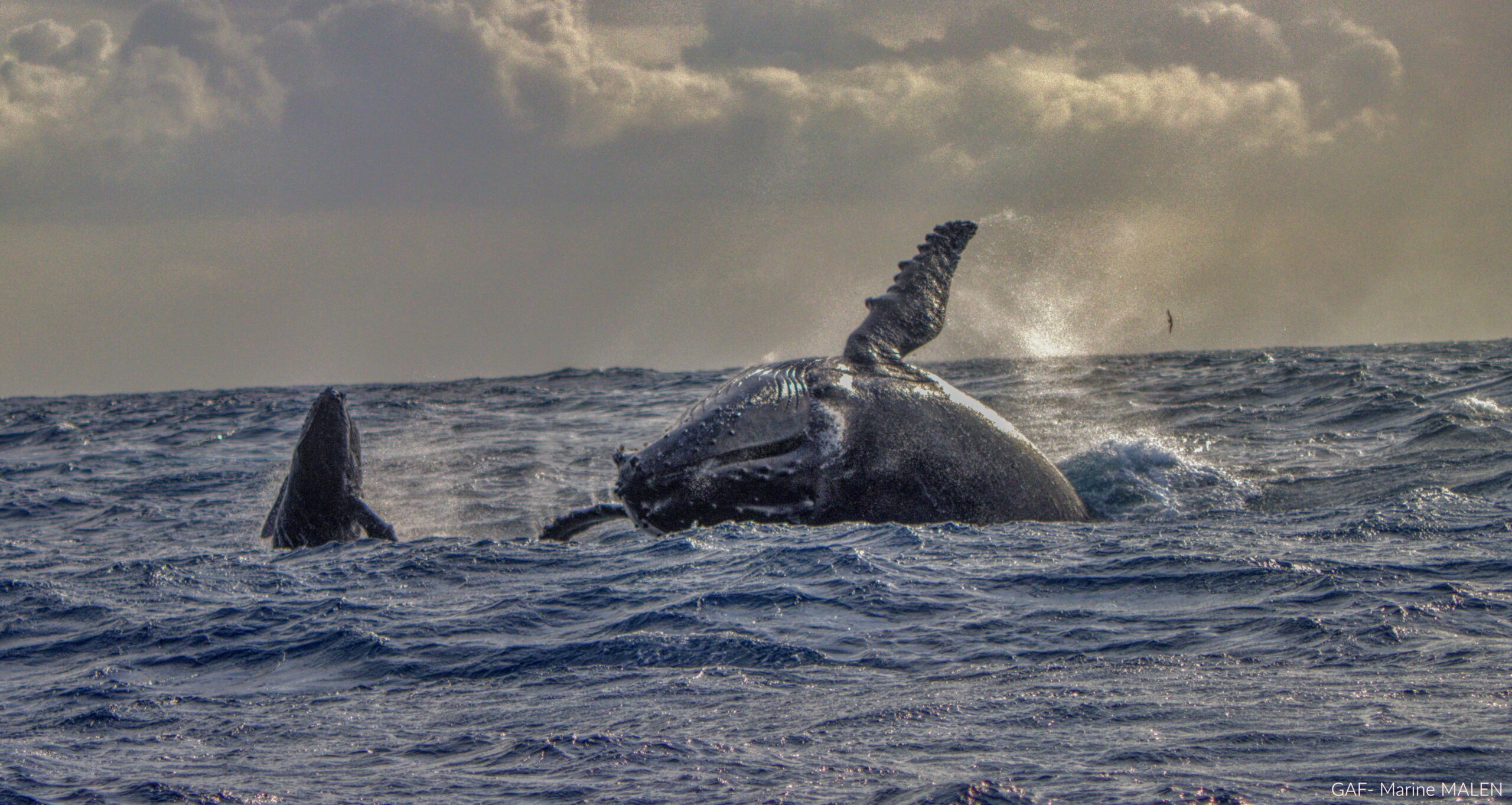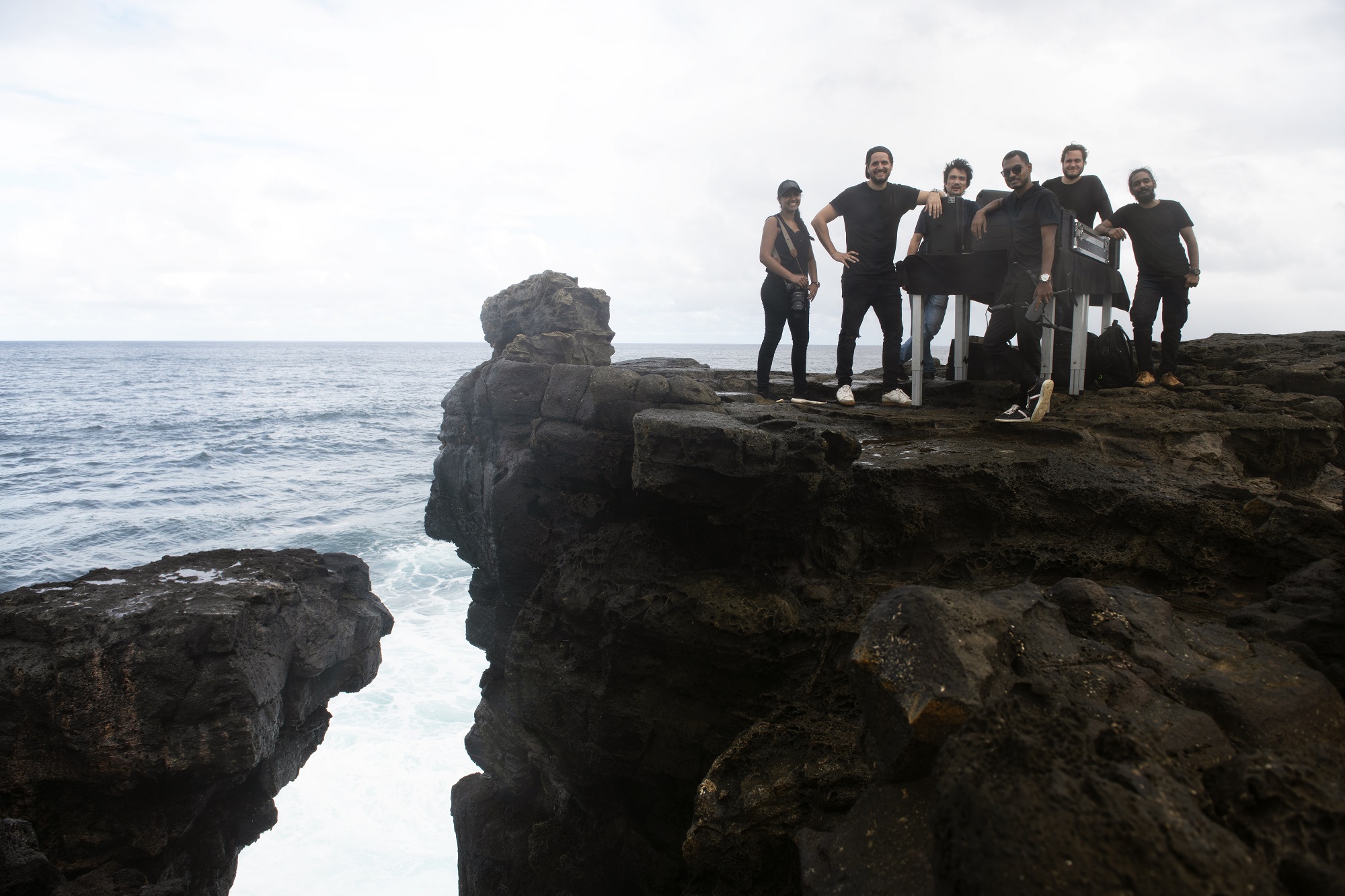Known for its exceptional fauna and flora, Mauritius has many surprises in store. You might expect to see tropicbirds, dolphins, and sea turtles. But you will likely be more surprised to encounter humpback whales. These sea giants roam the waters of the Indian Ocean during the austral winter! If you are lucky enough to travel to Mauritius during this period, stay alert: you might witness one of the most beautiful spectacles of your life.
How to Spot Humpback Whales?
First criterion: the travel period. While humpback whales are not rare in Mauritian waters, they are observed at a very specific time of the year. It’s between June and October that you’ll have the chance to cross paths with these giant mammals of the southern hemisphere, which migrate every winter from Antarctica to the Indian Ocean, traveling up to 8,000 km to breed, give birth, and nurse their young. The austral winter is thus the prime time to witness the dazzling display of humpback whales.
Second criterion: the location. Two places are particularly recommended for whale watching: the west coast of Mauritius, between Albion and Le Morne, and the north, around the islets (Coin de Mire, Round Island, Flat Island, Gabriel Island). Good news: humpback whales prefer calm places; so they can be admired in bays near the coasts, unlike their cousins, the sperm whales, which are more often seen offshore.
If you’re enjoying the sunset and admiring the landscape from the beach, you might be lucky enough to spot a tail fin emerging from the water and disappearing just as quickly. Given that a humpback whale measures between 12 and 15 meters and weighs up to 35 tons, it’s hard to miss! And if you prefer a front-row seat to watch the giant mammal’s spectacular leap, it’s best to venture out by boat off the north or southwest coasts. Beware, thrills are guaranteed!
video credits: François Ritter
One Whale, Two Whales, Whales Everywhere
An imposing silhouette, water spouts rising into the air: if you’ve just spotted a giant marine animal that resembles a cetacean, stay focused and keep watching. Turn 360°, grab your binoculars and camera, and fix your gaze on the water: there’s a good chance other companions will greet you along the way. While the humpback whale (also known as Megaptera novaeangliae, meaning “giant wing of New England”) is often solitary, it can also move in pairs or small groups. Sometimes, you might see a female with her young or several adult whales. And to identify them, here are some useful hints. Among two adult humpback whales, the larger one is often the female. If you hear a deep sound resembling a melodious song: you’re facing a male looking for a mate during the breeding season. As for the babies, don’t be surprised: they can measure up to 4.50 meters at birth!
Whale Watching: A Regulated Activity
To ensure the protection of humpback whales, ‘Tourism Authority (Dolphin and Whale Watching) Regulations 2012’ impose several rules that all operators and tourists must follow. Adherence to the regulated zone, reduced speed, and engines turned off during observation are mandatory rules for companies offering whale-watching excursions.
For safe observation, it’s also essential to approach whales from the side (not from the front or behind), remain still and quiet, without trying to touch, feed, or attract the mammals’ attention. Another crucial rule: it’s strictly forbidden to swim near the whales or approach them within 100 meters.
To watch whales without disturbing them and in full respect of their environment, it’s recommended to choose an operator committed to responsible practices. For this, don’t hesitate to inquire about the type of boat — favoring smaller vessels —, the observation area, the route taken, and the itinerary of the trip.
Now that you’re a humpback whale expert, all that’s left is to hope for an encounter… which promises to be both magical and majestic!













Comments